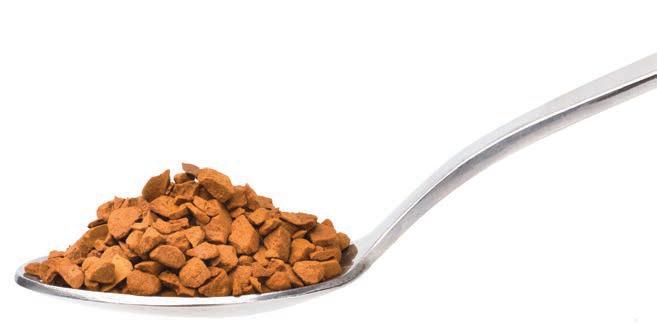FEATURE World Coffee Research
Image credit: LM Salazar, Crop Trust.
The genetic diversity of coffee on display at the CATIE collection in Costa Rica.
Arabica at risk A MAJOR STUDY SHOWS THAT COFFEA ARABICA IS ONE OF THE LEAST GENETICALLY DIVERSE CROP SPECIES IN THE WORLD, AND UNLESS ACTION IS TAKEN, THE FUTURE OF THE COFFEE INDUSTRY IS AT RISK.
F
rom 1845 to 1849, Ireland experienced one of the most significant chapters in its history: the Great Famine. Commonly referred to as the Irish Potato Famine, Phytophthora infestans, a type of water mould, infected potato crops around the nation and rotted them from the inside out. The event provided a stark lesson on how reliant humans are on crops. Approximately one million Irish died and a further one million emigrated, leading to the nation’s population immediately falling between 20 to 25 per cent. It took more than a century for Ireland’s population figures to recover. According to World Coffee Research’s (WCR) latest study on genetic diversity, Arabica coffee plants are one of the least genetically diverse major crop species in the world – meaning the coffee industry may face similar threats in the future.
“Researchers have known for a long time that the genetic diversity of Arabica coffee is low. This [WCR’s recently released] paper provides clear, definitive evidence that the diversity is even lower than we thought,” says Jennifer Vern Long, CEO of WCR. “This is tremendously concerning for a crop as important as coffee. It reveals a profound vulnerability for any business that depends on coffee.” WCR led the study to decode the
M AY /J U N E 2 0 2 0 | GCR
25





















